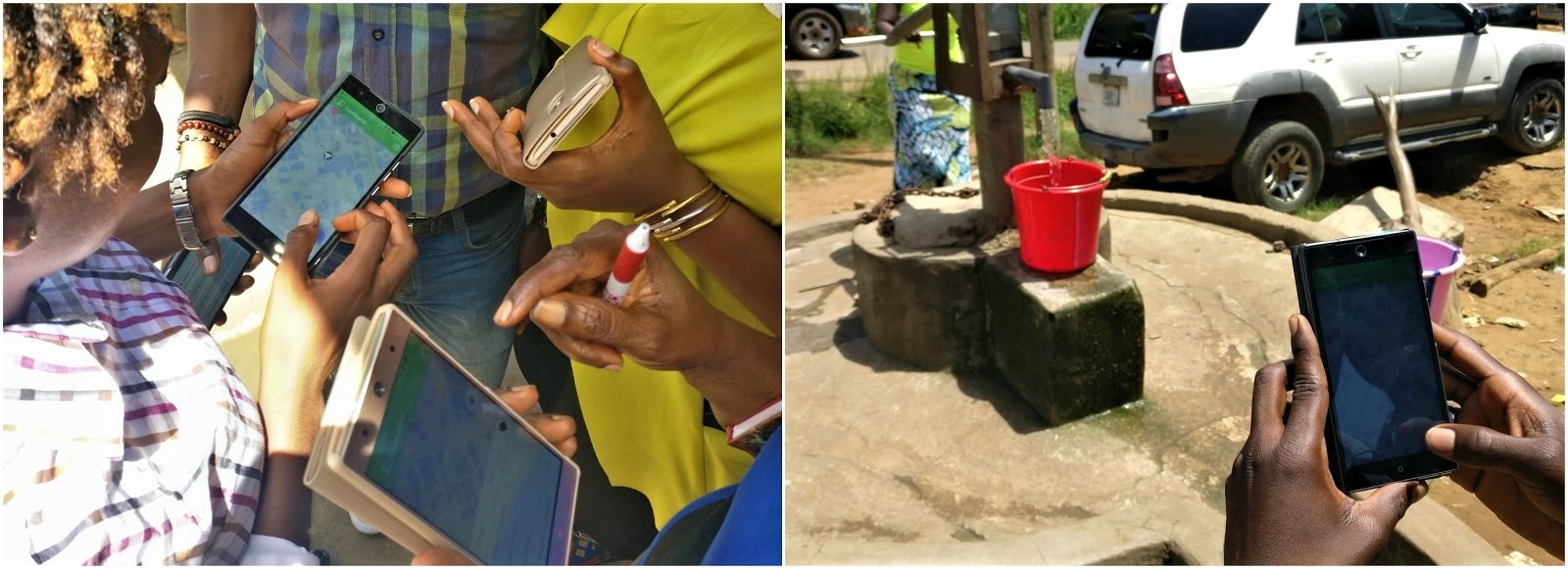News — 17 October, 2018
Participatory Mapping Toolkit: A Guide For Refugee Contexts

The world continues to witness some of the highest levels of displacement on record, with nearly 70 million people who have been forced from their homes. At Humanitarian OpenStreetMap Team, we have been using participatory mapping to assist in these refugee contexts. Our aims are simple: save lives, alleviate suffering, and restore dignity. The Toolkit is meant for organizations and individuals working towards these same ends - it is field-derived, fundamentally responsive to people’s needs, and written so that anyone can pick it up and begin using open mapping for humanitarian action.
Two of the most complex and deadly crises of our time are happening in Syria and South Sudan. To respond to these, HOT developed projects supported by the Bureau of Population, Refugees, and Migration, to engage in Turkey and Uganda.

In Istanbul, we partnered with a local organization to work with refugee communities and generate a large dataset in Arabic and Turkish. With these 13,000 service points the team then partnered with NGOs and created service maps relevant to their activities.

In Northern Uganda, HOT has trained refugees and host community members on mobile data collection tools to create highly accurate maps for water and sanitation, education, and health facilities. By harnessing motorcycle mapping we have collected hyper-local knowledge resulting in maps for 117 sub-counties.
We have attempted to strike a balance between guides that are overly technical and those that are too simple or generic. At the same time, the lessons of Turkey and Uganda are distilled in the Toolkit so that it is a practical how-to guide for other organizations working in refugee contexts. Simply put, very few other documents exist that explain how Geographic Information Systems are being used for humanitarian purposes.

The Toolkit contains three separate sections.
- Section One: The Power of Participatory Mapping explains how these methods are in fact a means of mainstreaming protection into operations.
- Section Two: Refugee Contexts reviews all of the different factors an organization should consider before engaging in a project.
- Finally, Section Three: Tools and Processes is the true heart of the toolkit - it is a series of powerful tools and processes that span the lifecycle of mapping, from remote to field mapping, quality assurance to map creation. It has everything you need to begin, and links out to more in depth resources such as our growing Github toolbox.
You can download the toolkit here.
Please join the conversation on social media, using #refugeetoolkit and #hotosm to let us know about your opinions and your own personal experiences from the field.

